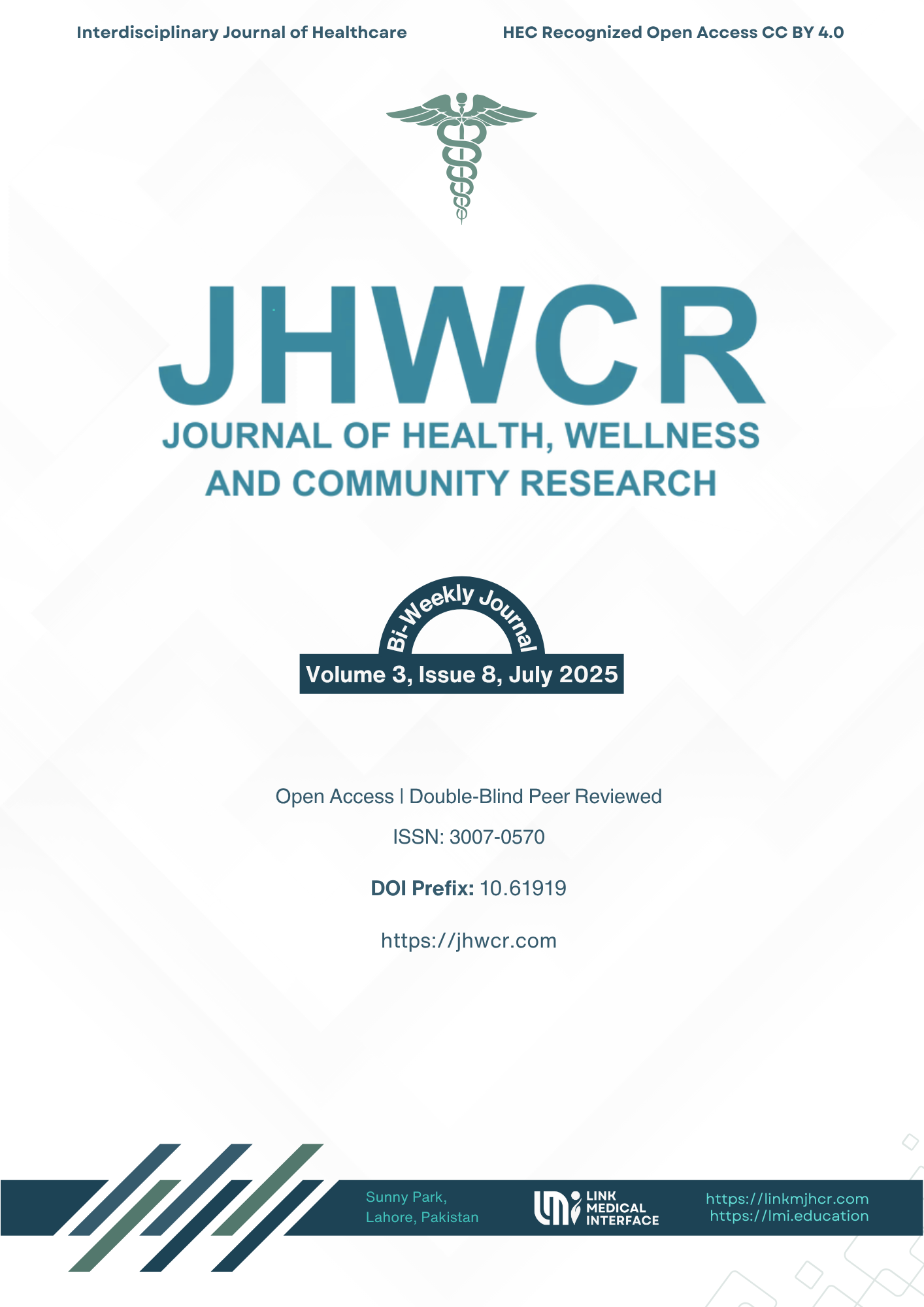Effects of Manual Ischemic Compression with and Without Strain Counterstrain Techniques on Sternocleidomastoid Tightness with Forward Head Posture
DOI:
https://doi.org/10.61919/tfzdf052Keywords:
Forward head posture, Sternocleidomastoid muscle, Manual therapy, Ischemic compression, Strain counterstrain, Cervical range of motion, Neck painAbstract
Background: Forward head posture (FHP) is a prevalent musculoskeletal condition characterized by anterior displacement of the head relative to the vertical axis, commonly associated with sternocleidomastoid (SCM) muscle tightness, neck pain, and reduced cervical mobility. Manual ischemic compression (IC) and strain counterstrain (SCS) are established manual therapy techniques for managing myofascial dysfunction, yet their combined effects on SCM tightness in individuals with FHP remain underexplored. Objective: To compare the effects of manual ischemic compression with and without strain counterstrain techniques on sternocleidomastoid muscle tightness, cervical mobility, pain intensity, and functional disability in individuals with forward head posture. Methods: This randomized, single-blinded clinical trial included 38 participants aged 25–40 years with FHP (craniovertebral angle <51°) and SCM tightness. Participants were randomly allocated to Group A (manual IC with conventional therapy) or Group B (manual IC + SCS with conventional therapy), receiving three sessions per week over six weeks. Outcome measures—NPRS, NDI, cervical ROM, SCM length, and CVA—were assessed at baseline and post-intervention using validated tools. Results: Both groups demonstrated statistically significant improvements (p<0.001) in all outcome measures. However, Group B showed superior reductions in pain (51.4% vs. 30.6%), greater improvements in NDI, and significantly higher gains in cervical flexion and rotation range of motion (p<0.05), with moderate to large effect sizes. Conclusion: Manual ischemic compression combined with strain counterstrain techniques is more effective than ischemic compression alone in reducing pain and disability and improving cervical mobility in individuals with forward head posture and SCM tightness.
Downloads
Published
Issue
Section
License
Copyright (c) 2025 Maryam Asghar Butt, Saba Rafique, Samaiah Wasti, Afrasham Altaf, Aiman Khalid, Ameer Hamza, Muhammad Awais Hassan (Author)

This work is licensed under a Creative Commons Attribution 4.0 International License.


